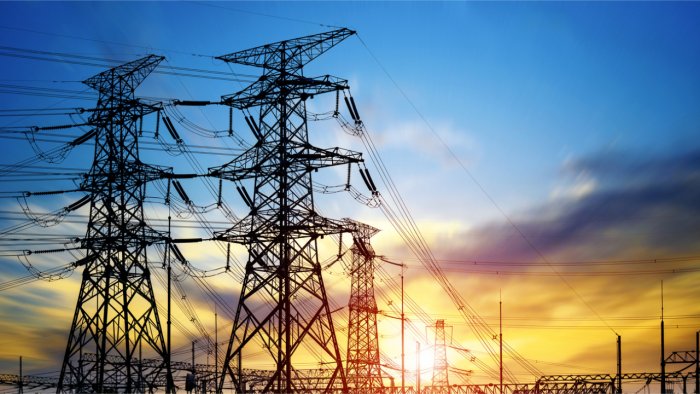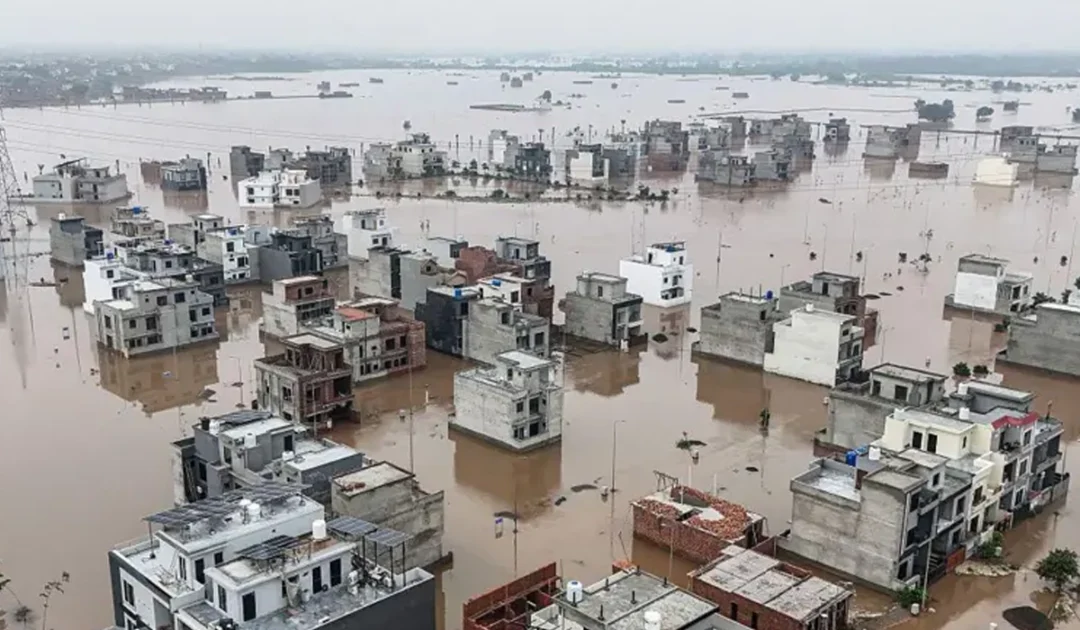- Web Desk
- 20 Minutes ago

Power cuts worsen, shortfall reaches up to 7,000MW
-
- Web Desk
- Jul 07, 2023

ISLAMABAD: Pakistan has been facing a severe energy crisis that has worsened in the months of June and July, affecting millions of people and businesses across the country.
The situation has been aggravated by the low water levels in dams, the high demand for electricity in the summer season, the rising fuel prices, and the poor management of the power sector.
According to various sources, the country has been experiencing frequent and prolonged power cuts, ranging from four to 16 hours a day in different areas.
According to the sources, the power shortfall has reached up to 7,000 megawatts (MW), while the peak demand has touched 26,000 MW.
The power cuts have caused immense hardships for the people, especially in the rural areas where there is no alternative source of energy.
The power outages have also disrupted the functioning of hospitals, schools, industries, markets, and households.
Many people have resorted to using generators, inverters, solar panels, or candles to cope with the situation.
The government has taken some measures to address the energy crisis, such as reducing the energy consumption of federal departments by 30%, ordering early closure of markets and restaurants, importing liquefied natural gas (LNG) and furnace oil, and launching crackdowns on power theft. However, these steps have not been enough to resolve the issue or to satisfy the public.
The energy crisis has also exposed the vulnerability of Pakistan’s power grid, which suffered a massive breakdown on January 23, 2023 due to a technical fault.
The nationwide blackout left nearly 220 million people without electricity for several hours, affecting all aspects of daily life. The authorities blamed the fault on a tripping of a transmission line in southern Sindh province.
The energy crisis has added to the woes of Pakistan’s fragile economy, which is already struggling with multiple challenges, including low foreign exchange reserves, high inflation, fiscal deficit, debt servicing etc.
The government has been seeking financial assistance from various sources, such as the International Monetary Fund (IMF), China, Saudi Arabia, and others.
According to experts, the country needs to adopt a long-term and holistic approach to address the issue, which involves improving the governance and efficiency of the power sector, diversifying the energy mix, enhancing the generation and transmission capacity, promoting renewable energy sources, and ensuring affordability and sustainability of electricity for all.






